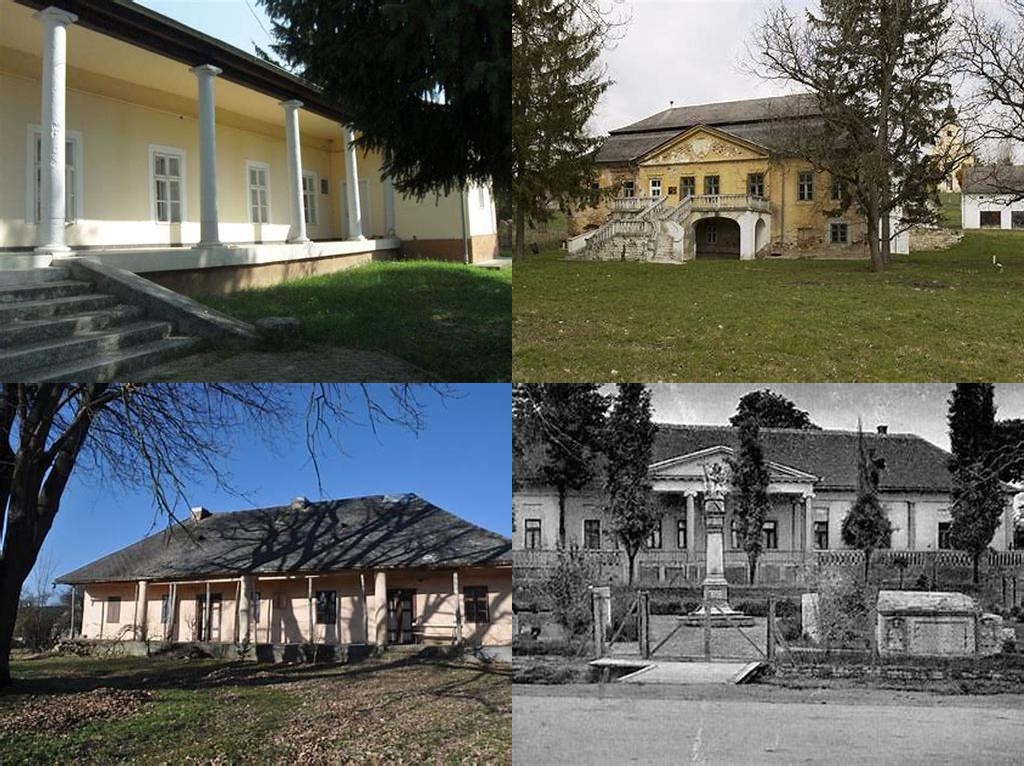
Fáy-kúria in Nagyréde is one of those rare gems that sits quietly, away from the usual tourist throngs, yet pulses with stories and layers of history that you can almost hear if you let the silence of the surrounding parklands sink in. Located in northern Hungary, about 70 kilometers from Budapest, this mansion has for decades been an integral part of the region’s story—intricately connected to the famed wine culture and the evolution of Hungarian intellectual life.
There’s something about approaching the Fáy Mansion that feels cinematic. It’s not monumental in the way that palaces are, nor ostentatious like a city manor. Instead, it stands with a kind of dignified reserve amid leafy old trees and vineyards, exuding the patience of a building that has watched centuries come and go. The mansion was built in 1827, commissioned by András Fáy, a leading figure of Hungary’s Reform Era. Fáy himself was a man of remarkable taste—known as the “banker poet” for his involvement in both the literary world and the founding of the first Hungarian savings bank. He famously hosted renowned gatherings at the mansion, drawing the country’s brightest thinkers, writers, and revolutionaries. Just imagine the conversations that once floated through these rooms: literary debates, wild ideas for nation-building, perhaps even clandestine revolutionary plans over glasses of the home estate’s finest wine.
The feeling of invisible footprints lingers in the Fáy-kúria’s halls. Stepping inside, you might not find the kind of lavish interiors you’d expect in grander aristocratic homes, but that’s part of the allure. Instead, what’s striking is the sense that important things happened here—decisions and inspirations that helped shape Hungarian society. The mansion’s architecture is an understated blend of late classicism dotted with small touches of romantic whimsy: arched windows framing vineyard vistas, a spacious central hall that would have once echoed with oratory and laughter, and walls that, if they could talk, would narrate tales of everything from wine harvest festivities to the birth of literary masterpieces.
A visit to Nagyréde and its celebrated Fáy Mansion is as much a sensory experience as a historical one. The region is legendary for its vibrant vineyards and delectable local wines—traditions interwoven with the mansion’s own past. In fact, András Fáy is said to have been instrumental in encouraging the region’s viticultural development, recognizing the economic and cultural importance of wine long before “wine tourism” became a concept. Even today, events at the mansion revolve around tastings, discussions on local gastronomy, and festivals that highlight the bounty of the land. If you visit in early autumn, you’ll be treated to the annual grape harvest festival, where the surrounding landscape glows gold and green and the air is filled with the heady aroma of ripening fruit.
But the magic of Fáy-kúria isn’t trapped in the past—its story continues to unfold with each visitor. It’s not unusual to stumble upon art exhibitions or concerts in the stately rooms, where new voices echo where once only the voices of poets and revolutionaries were heard. The mansion acts as a living memory, bridging eras and ideas. Throughout the grounds, you’ll notice modern sculptures and installations, playful reminders that the soul of any historic place isn’t only in what has happened, but what keeps happening.
If you’re the kind of traveler who likes to go beyond the surface, Fáy Mansion invites you to linger. Stroll through the sun-dappled park, breathing in the old trees’ oxygen. Step down into the mansion’s cool cellar, where rows of barrels hint at the time-honored alchemy of turning grapes to gold. Spend an afternoon letting your mind wander—imagining the “what ifs” of history, or simply soaking up the atmosphere of a house that has always welcomed curious spirits. Perhaps the evening will bring acoustic music drifting from one of the salons, a glass of local “furmint” in hand, and the sense of life lived richly, one thoughtful conversation at a time.
Fáy-kúria in Nagyréde is not simply an architectural relic. It is a crossroads of culture, nature, and the enduring drama of Hungarian society—a place where history, literature, and viticulture meet, inviting you to add your own chapter to its ongoing story.





